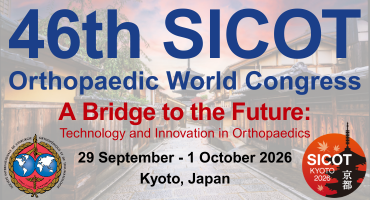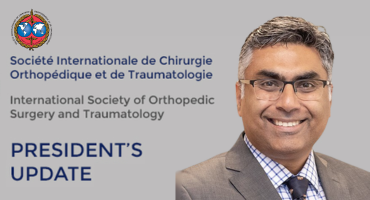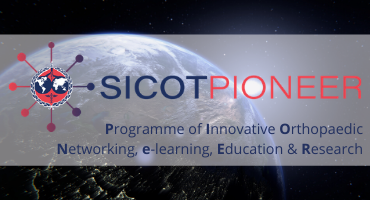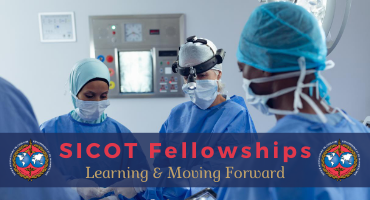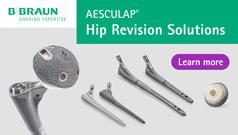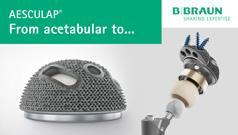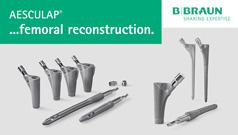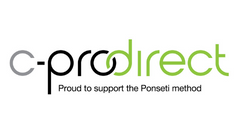The scapulothoracic conundrum in reverse shoulder arthroplasty: where do we stand and what is yet to expand?
EFORT Open Rev. 2025 Sep 4;10(9):679-685. doi: 10.1530/EOR-2024-0040.
ABSTRACT
The normal functioning of the shoulder is characterized by the harmonious coordination between the glenohumeral joint and the scapulothoracic complex, a phenomenon commonly referred to as scapulohumeral rhythm (SHR). Reverse total shoulder arthroplasty (rTSA) shoulders exhibit distinct kinematics compared to normal shoulders. Reduced scapulohumeral rhythm (SHR) in rTSA shoulders implies a greater reliance on scapulothoracic motion over glenohumeral motion for arm elevation. Dynamic analyses suggest heightened scapulothoracic movement after rTSA, implying alterations in rotational movements across various planes. Utilization of reliable tools to measure preoperative scapulothoracic motion and forecast postoperative SHR in rTSA may improve functional results. Posture types and scapulothoracic orientation play an important role in optimal implant configuration and positioning, as well as clinical outcome, and should therefore be considered during patient selection, preoperative planning, and implantation of an rTSA. Recognizing the static position and kinematic changes of the scapulothoracic joint is vital for postoperative rehabilitation and optimizing outcomes in rTSA patients.
PMID:40905937 | PMC:PMC12412366 | DOI:10.1530/EOR-2024-0040






